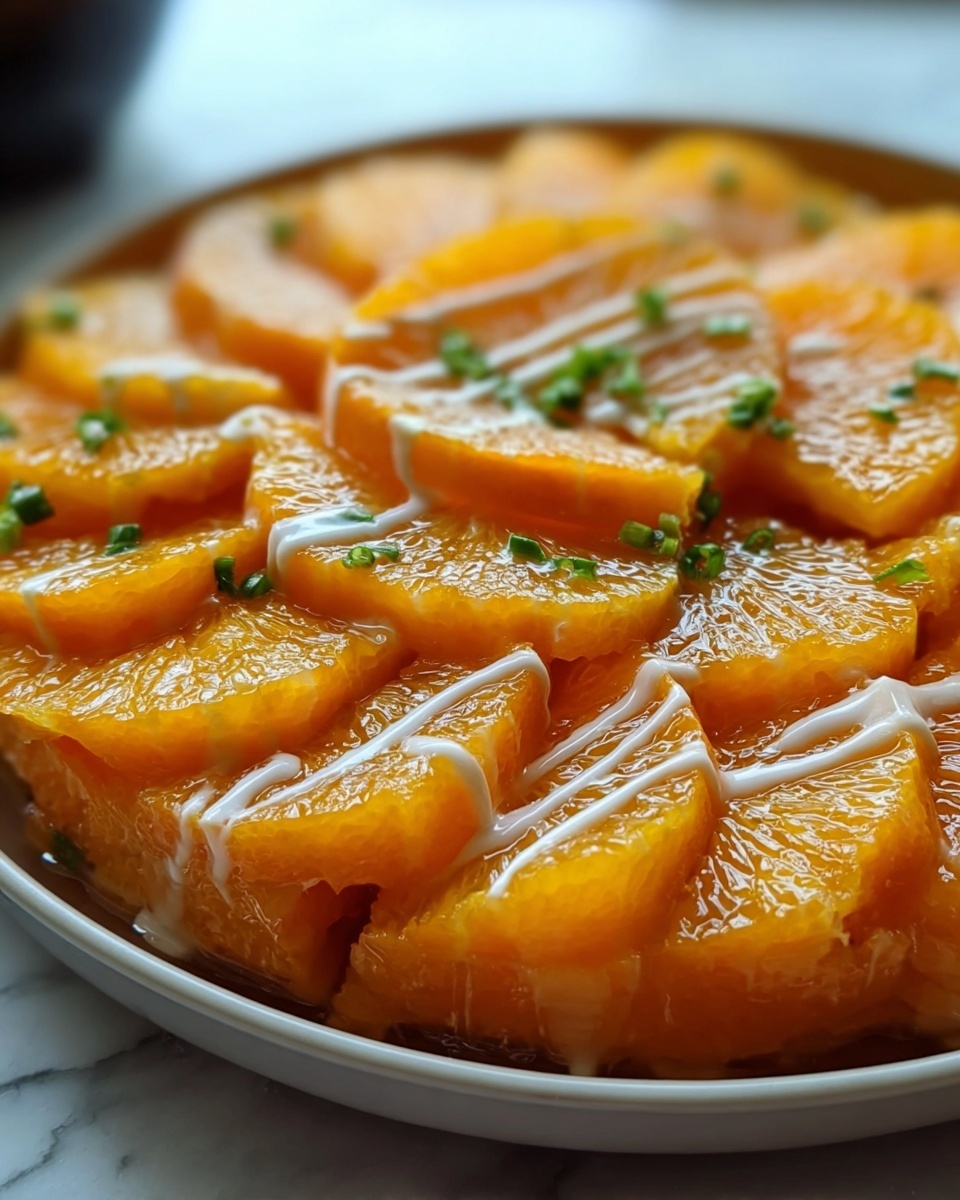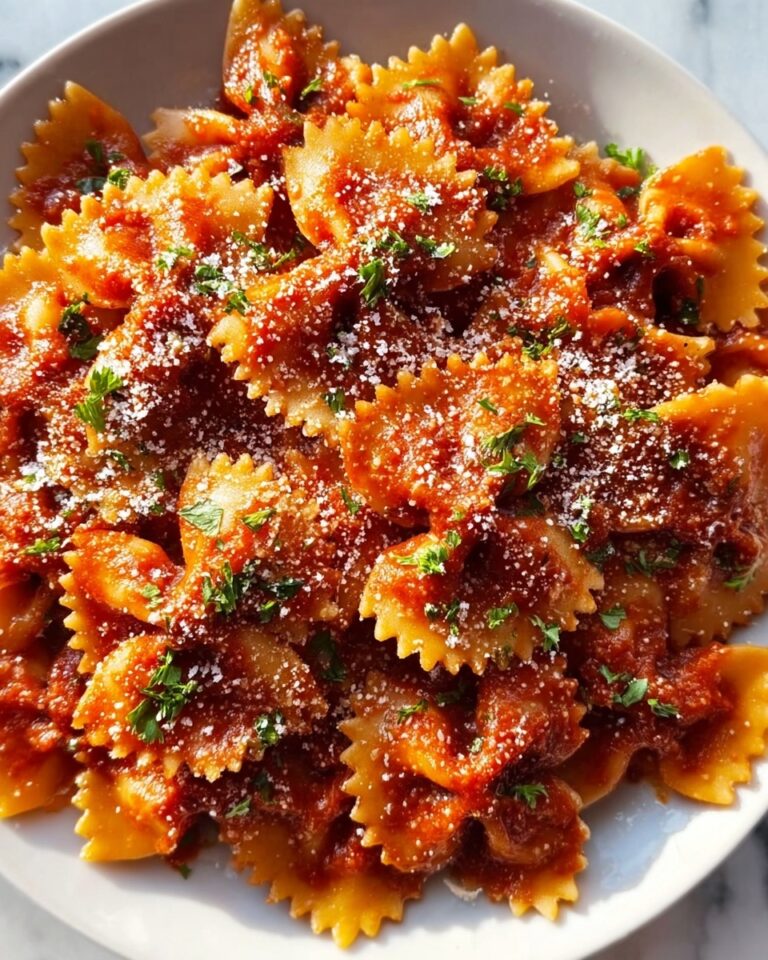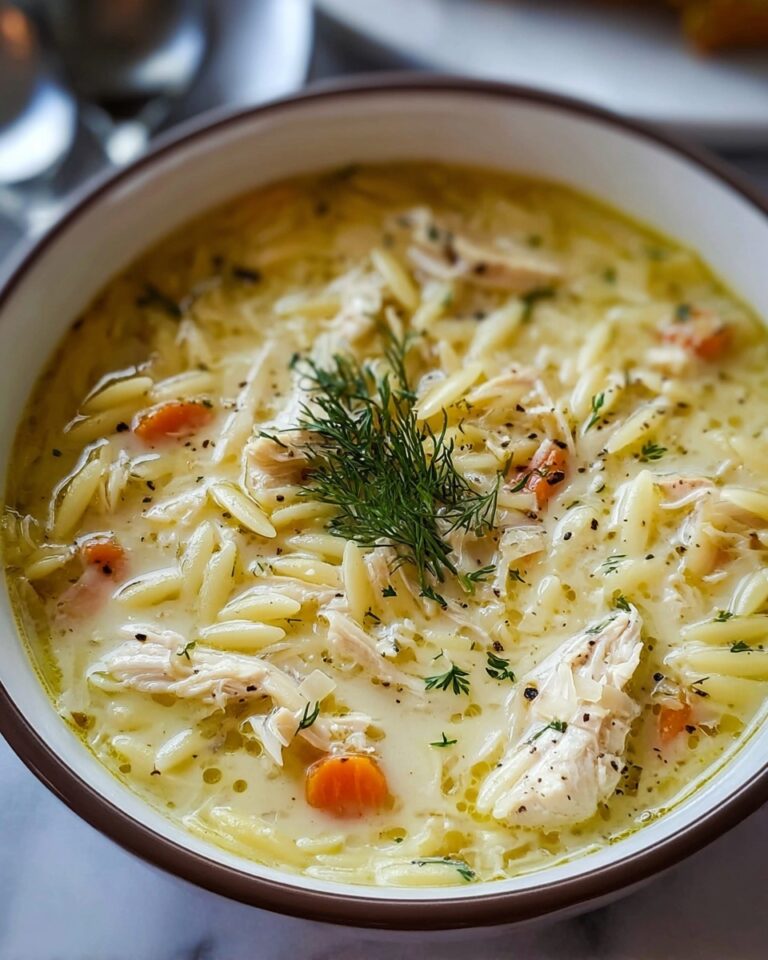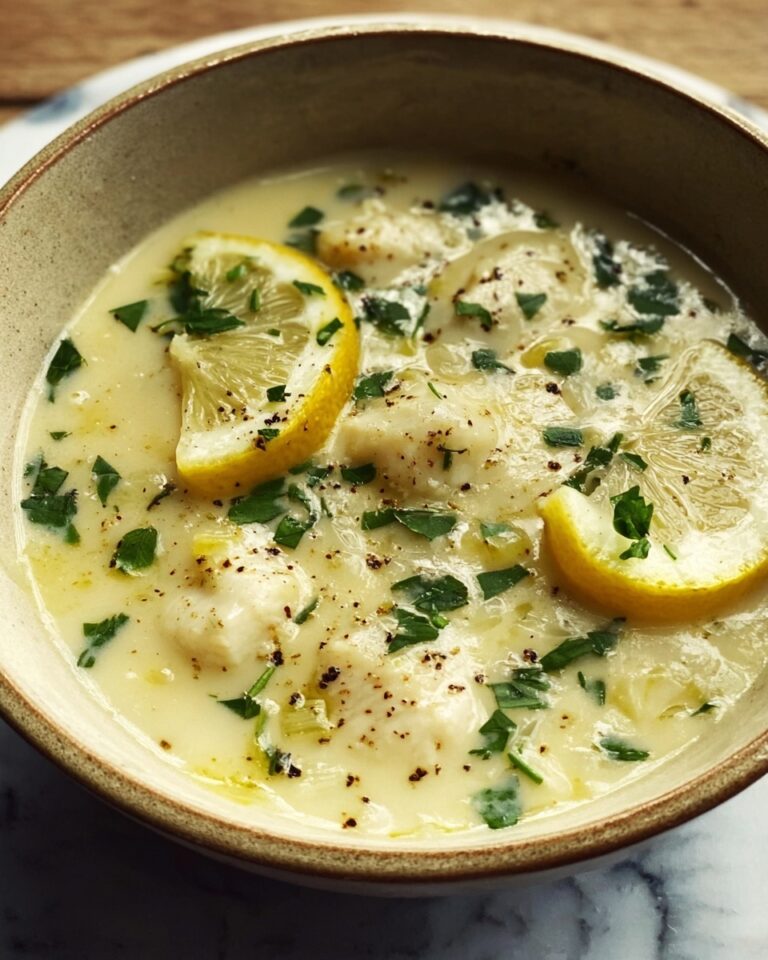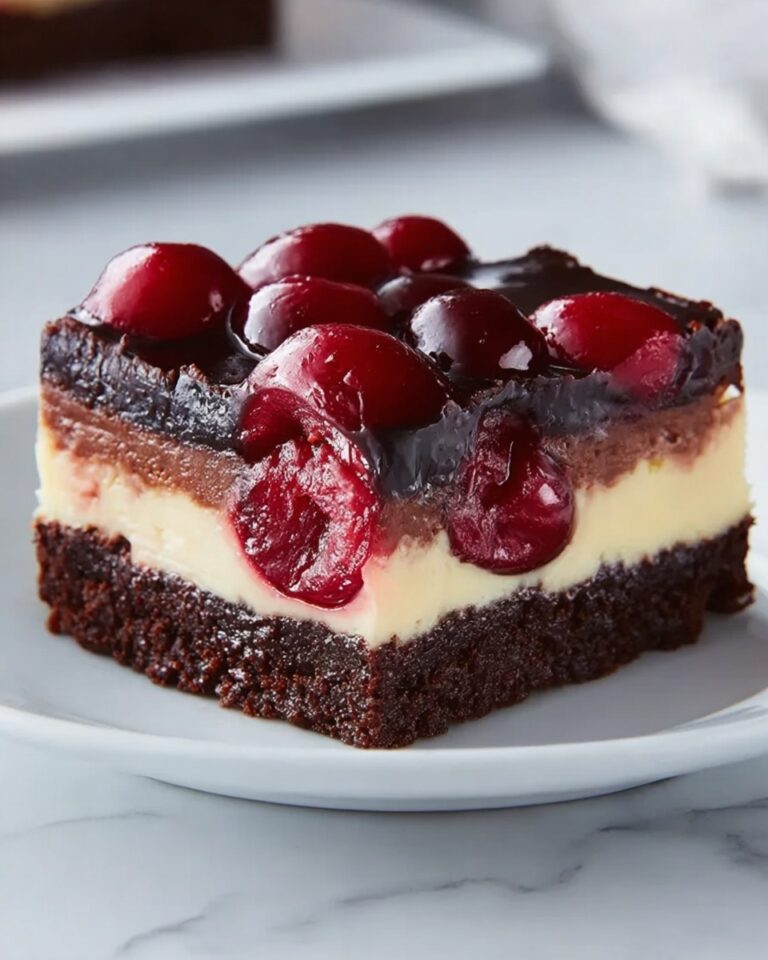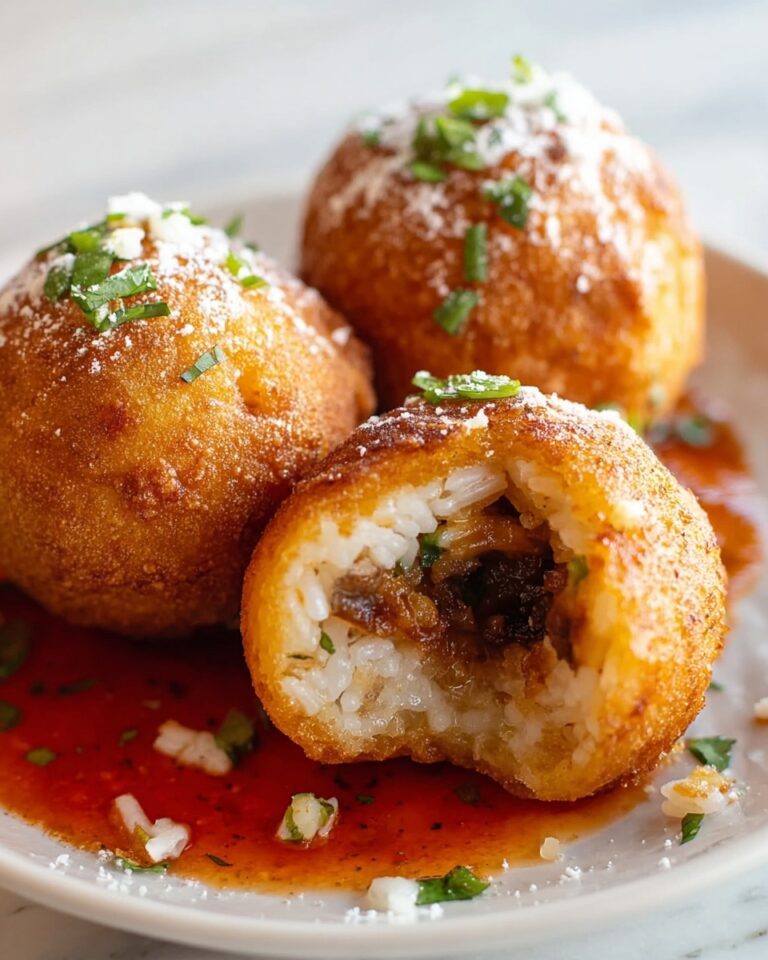If you’ve ever wanted to explore a uniquely Filipino dessert that’s just the right balance of chewy, sweet, and utterly comforting, then you’re in for a treat with this Kutsinta with Yema Recipe. Kutsinta is a beloved steamed rice cake recognized by its glossy, amber appearance and delightfully sticky texture. Topped with creamy, luscious yema, a sweet custard-like sauce made from egg yolks and condensed milk, this dessert turns simple ingredients into a party for your palate. Whether you’re new to Filipino sweets or a longtime fan, this recipe brings together the best of tradition and joy in every bite.
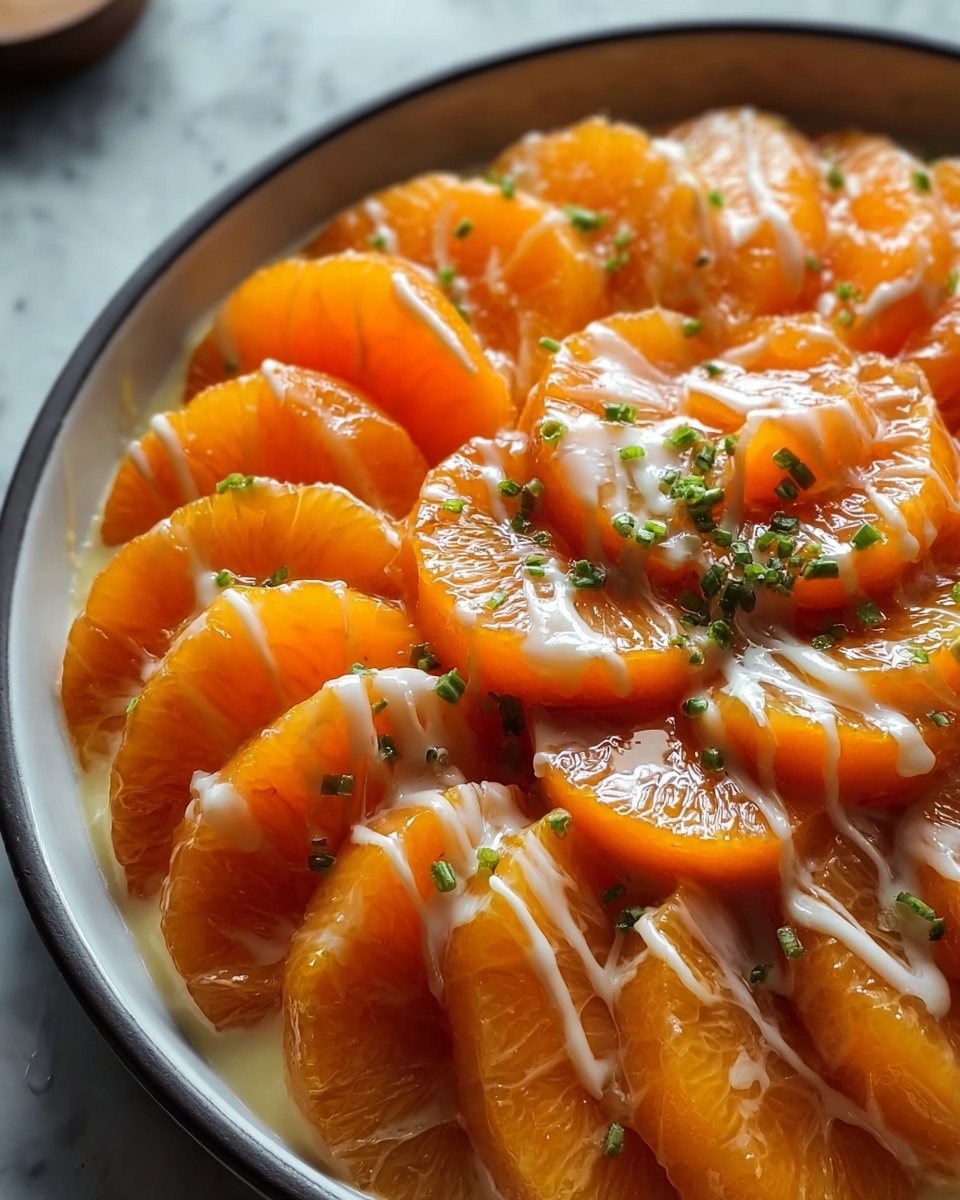
Ingredients You’ll Need
The beauty of this Kutsinta with Yema Recipe is how straightforward the ingredients are. Each element plays a crucial role in creating the perfect texture, color, and flavor—from the chewy bite of tapioca flour to the warm hue of annatto powder that makes each kutsinta glow with inviting charm.
- 1 cup all-purpose flour: Provides the base structure for the kutsinta’s tender, chewy body.
- 1 cup tapioca flour: Adds that signature sticky, slightly elastic texture that makes kutsinta so unique.
- 1 ½ cups brown sugar: Sweetens the cake while giving it a deep caramel tone and subtle molasses flavor.
- 2 ½ cups water: Hydrates the flours and blends all the ingredients smoothly for steaming.
- 2 teaspoons lye water: Helps develop the characteristic chewy texture and enhances color; essential to authentic kutsinta.
- 1 teaspoon annatto powder: A natural colorant that lends the kutsinta its warm orange tint; can be omitted for a paler cake.
- 1 tablespoon oil (for greasing): Prevents sticking when steaming the cakes in molds or muffin cups.
- 1 cup sweetened condensed milk: The rich, creamy foundation for the luscious yema topping.
- 4 large egg yolks: Give the yema its custardy depth and smooth texture.
- ½ teaspoon vanilla extract: Adds a fragrant note that complements the sweetness of the yema perfectly.
- 1 tablespoon butter: Enriches the yema, making it silky and spreadable.
How to Make Kutsinta with Yema Recipe
Step 1: Prepare the Kutsinta Batter
Start by combining all-purpose flour, tapioca flour, and brown sugar in a large mixing bowl. Gradually pour in the water while stirring continuously to achieve a smooth, lump-free batter. Add the annatto powder and lye water, mixing well until everything is uniformly incorporated. This base is where the magic begins, as the right texture ensures your kutsinta comes out beautifully chewy and glossy after steaming.
Step 2: Steam the Kutsinta
Lightly grease your puto molds or small muffin cups using the tablespoon of oil to ensure easy release. Fill each mold about three-quarters full with your batter, leaving some room for the cakes to rise slightly. Arrange the molds into a steamer over medium heat and steam for about 40 to 45 minutes. You’ll know the kutsinta are done when they’re firm and springy to the touch. Allow them to cool completely before unmolding so they hold their shape perfectly.
Step 3: Make the Yema Topping
While the kutsinta cool, prepare the rich yema. In a non-stick pan, combine sweetened condensed milk, egg yolks, vanilla extract, and butter. Cook over low heat, stirring nonstop for around 10 to 12 minutes. Patience is key here; the mixture will thicken into a spreadable custard that’s sweet and indulgent without being overly dense. Be careful not to overcook, or the yema might get grainy.
Step 4: Top and Serve
Once the kutsinta have cooled and the yema has thickened, carefully spoon or pipe the yema over each cake. This topping adds a creamy counterpoint to the chewy kutsinta and elevates it into a dessert that’s both nostalgic and exciting. Serve at room temperature for the best flavors and textures.
How to Serve Kutsinta with Yema Recipe
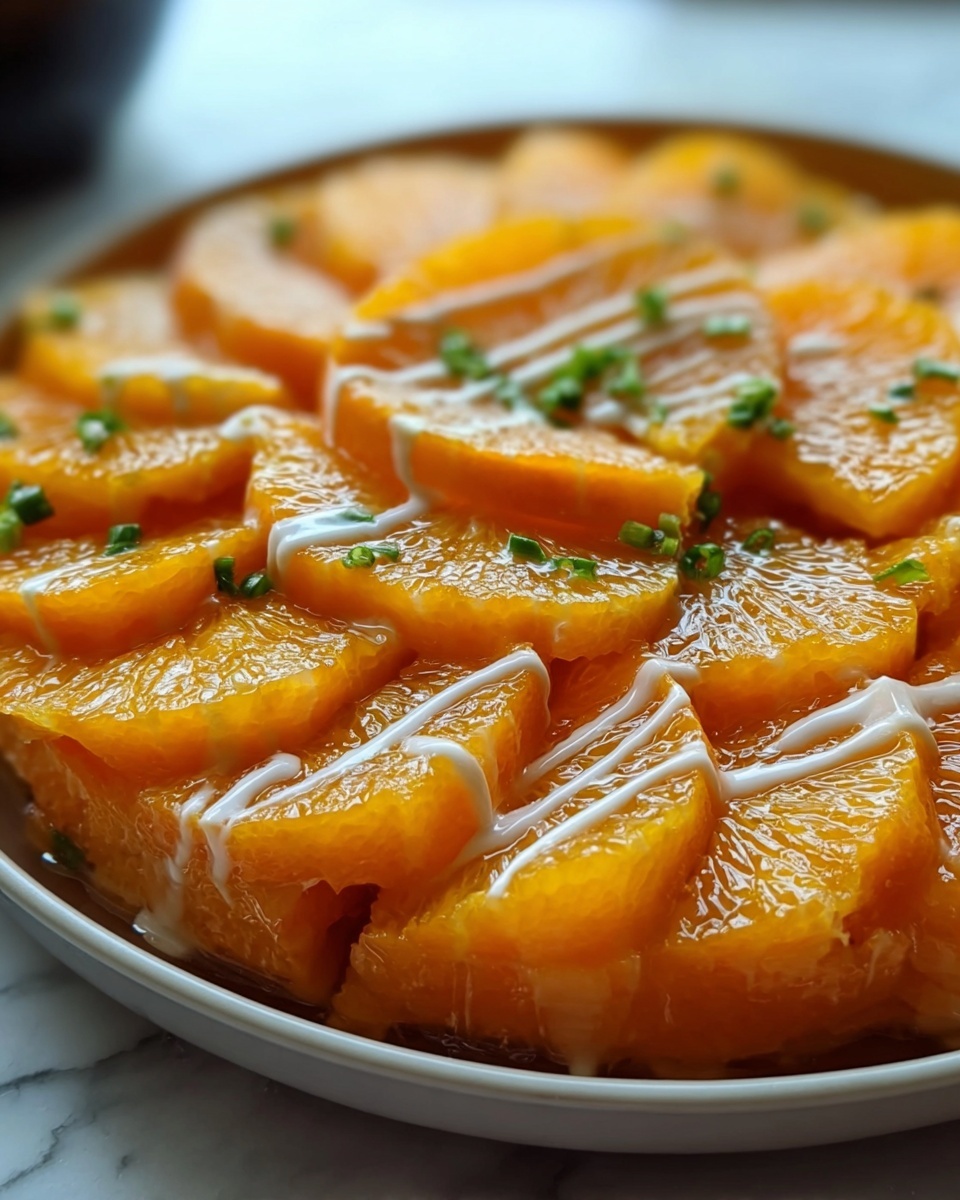
Garnishes
While the yema topping itself is wonderfully rich, you can add shredded coconut as a classic garnish. Its slight saltiness and crunch provide a beautiful contrast to the smooth custard and chewy cake. Toasted sesame seeds are another fun way to add subtle nuttiness and texture.
Side Dishes
This sweet treat pairs charmingly with a hot cup of traditional Filipino coffee or tea. It’s excellent as an afternoon snack or part of a merienda spread alongside savory delights like pancit or fried spring rolls. The contrast makes the sweet kutsinta shine even more.
Creative Ways to Present
For special occasions, try piping the yema topping into decorative swirls or dollops on the kutsinta before chilling slightly in the fridge so the topping firms up a bit. You can also serve them in colorful mini cupcake liners for a playful presentation that’s perfect for parties.
Make Ahead and Storage
Storing Leftovers
If you have leftovers, store them in an airtight container in the refrigerator. They’ll keep well for up to three days, though kutsinta is best enjoyed fresh. The texture softens slightly with refrigeration, so it’s a good idea to bring them to room temperature before serving again.
Freezing
Freezing is possible but not ideal for kutsinta due to its delicate texture. If you choose to freeze, wrap each piece tightly in plastic wrap and place them in a freezer-safe container. Thaw overnight in the fridge when ready to eat, and consider reheating gently to restore some chewiness.
Reheating
To revive refrigerated or thawed kutsinta, steam them for a few minutes or microwave briefly in a covered dish with a damp paper towel to retain moisture. Reheat the yema topping separately over low heat if it has firmed up so you can spoon it back on warm and soft.
FAQs
What is the purpose of lye water in Kutsinta with Yema Recipe?
Lye water is a traditional ingredient that helps develop the chewy texture and a slightly firm bite in kutsinta, setting it apart from other rice cakes. It also affects the color, making it richer. Be sure to use food-grade lye water for safe cooking.
Can I use regular white sugar instead of brown sugar?
Yes, but keep in mind that brown sugar adds a deeper, more caramel-like sweetness and contributes to the kutsinta’s characteristic color. Using white sugar will result in a lighter flavor and paler cakes.
Is it possible to omit the annatto powder?
Absolutely. The annatto powder mainly provides color, so leaving it out will give you a paler kutsinta. The taste and texture will remain largely the same, so it’s fine if you don’t have it on hand.
How long can I keep leftover yema?
Leftover yema can be stored in an airtight container in the refrigerator for up to a week. Rewarm gently before serving, and stir well to restore smoothness if it has thickened.
Can this dish be made vegan?
Traditional kutsinta uses egg yolks in the yema topping, which is not vegan. You could experiment with plant-based substitutes for the custard, but the authentic richness and texture might be hard to replicate exactly.
Final Thoughts
I truly hope you fall in love with this Kutsinta with Yema Recipe as much as I have. It’s an absolute joy to make and even more delightful to share, offering a slice of Filipino heritage that’s both comforting and delicious. Once you taste that tender kutsinta paired with sweet, creamy yema, you’ll find yourself reaching for seconds in no time. So get your steamer ready and dive into this wonderful dessert adventure!

